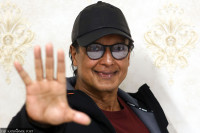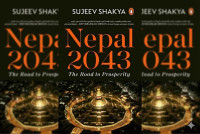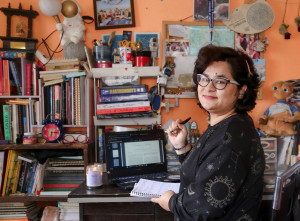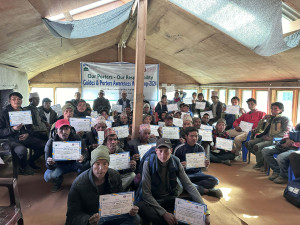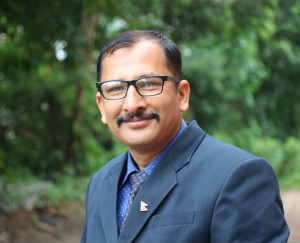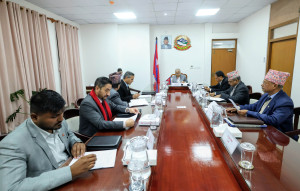Culture & Lifestyle
We worship mountains but fail to protect them
Carole Fuchs, a French mountaineer, athlete and climate advocate, discusses her upcoming documentary ‘Beyond Records’, her decision to stop chasing summits, and why she believes storytelling, not outrage, is the key to real climate action.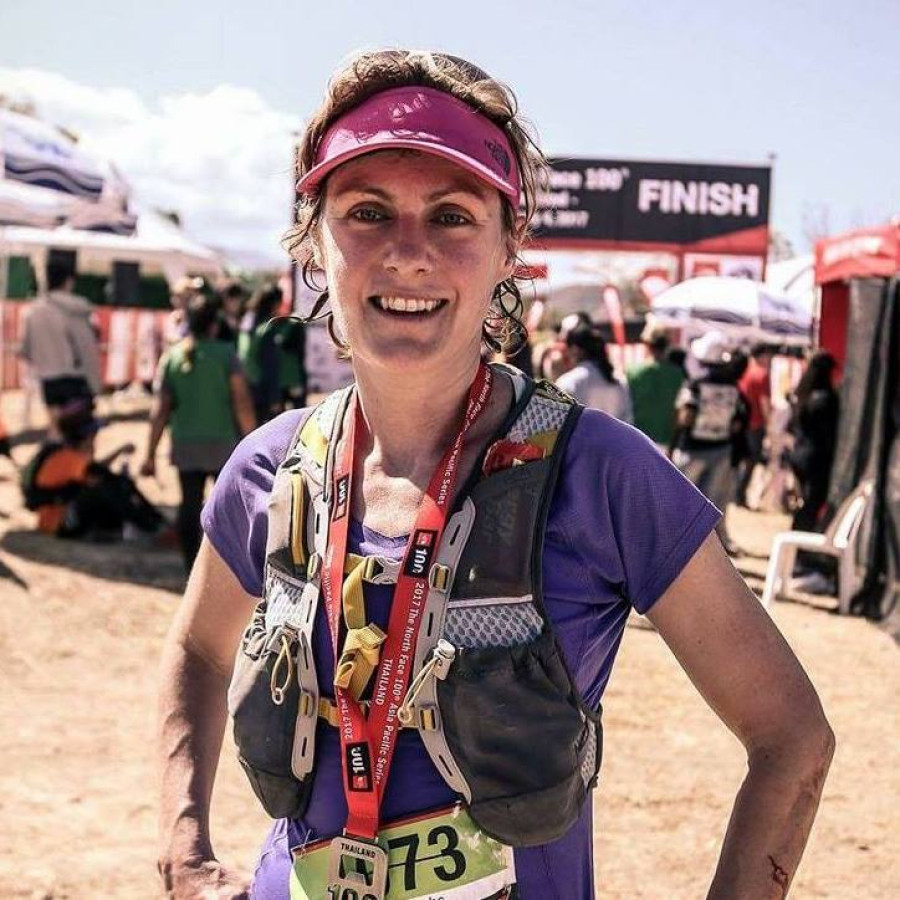
Anish Ghimire
Carole Fuchs is a climate policy expert, environmental advocate, and high-altitude mountain athlete. With a background in law and a PhD in social anthropology, she combines international diplomacy, field research, and storytelling to drive action for nature and people. Until April 2025, she served as Climate Change and Biodiversity Policy Manager at the British Embassy in Tokyo, leading UK-Japan collaborations on renewable energy and advancing nature-based solutions.
Fuchs has extensive experience in the Himalayas, having climbed Mount Everest, summited several other 8,000m peaks, and undertaken numerous high-altitude expeditions across Nepal. She is currently producing ‘Beyond Records’, a documentary filmed during her ultra-running expedition across Nepal’s high Himalayas. The film captures the voices of local communities facing glacier retreat and freshwater loss, highlighting the human impacts of climate change in one of the world’s most fragile ecosystems.
In this interview with the Post’s Anish Ghimire, Fuchs discusses ‘Beyond Records’, life on the mountain and why an aggressive approach to advocacy, such as that of Greta Thunberg, tends to be ineffective.
The authorities in Nepal heavily promote mountain tourism. Do you think they should also raise awareness about what’s happening with climate change?
Authorities must see the bigger picture and protect the mountains immediately. We can progress if we all sit together and see what we can do.
I was once a record-chasing mountaineer. After climbing Everest in 2018 and Manaslu in 2017, I became disillusioned with the growing commercialisation and ego-driven culture of mountaineering. I realised that the mountains—sacred and life-giving to millions—were being treated as mere backdrops for personal glory. That realisation compelled me to stop climbing 8,000-metre peaks and instead focus on protecting the Himalayas and raising awareness about their fragility.
Since you’ve climbed Everest, I wanted to ask if we can do something about the many dead bodies on the mountain.
That is an important question. It’s depressing for climbers and not a respectful sight for the mountain. In reality, something can be done, but it’s very complicated. The main obstacle is the cost. Bringing a body down from Everest is extremely expensive and requires a whole team of Sherpas.
You mentioned you climbed from Tibet, not Nepal–why is that?
The reason is over-tourism. The north side of Tibet is more remote. You can even drive to base camp, which makes logistics easier. What struck me most was that the Chinese authorities manage the mountain more strictly than Nepal. They are earnest about garbage. There are weekly inspections, and someone checks that everything is in order. In 2018, when I climbed, I didn’t see much trash there.
Also, fewer people are on that side, and most are serious mountaineers—well-trained people—rather than wealthy climbers who pay to reach the summit. So, the experience felt more authentic and less chaotic compared to the south side in Nepal, which is often overcrowded.
Walk me through the Everest experience.
I wanted to be the first French woman to climb it without oxygen. At that time, Everest was only my second 8,000-meter peak, so I didn’t have much experience with no-oxygen climbing. But it was a fantastic challenge, and I’m quite optimistic.
I acclimatised in the Khumbu before going to Tibet. Everything went fine until about 8,300 metres—the last camp on the north side. Above that camp, near Mushroom Rock, there used to be a body everyone called Green Boots—a climber wearing green boots who became a grim landmark. Many people would ask me, ‘Did you see Green Boots?’ Some even made jokes about it, which I never found appropriate. I heard that the body is no longer visible now; no one knows why.
When I reached that point, I was extremely cold. Without oxygen, you really freeze. I had to make a decision: either continue without oxygen and risk turning back, or take it. And I thought, ‘If I don’t take oxygen, I might fail and won’t get another chance—who will fund another expedition for me?’ So at around 8,500 metres, I decided to use oxygen.
And what was the feeling once you got on top?
Let’s go down as soon as possible!
Once I took oxygen, I moved faster and reached the summit in the middle of the night, so I had no view at all. I saw nothing. When I returned, I was exhausted—but more than that, I was disappointed. I felt like I had cheated on myself. My goal was to climb without oxygen, and using it made me think I didn’t belong there. It wasn’t the way I had dreamed of doing it.
Later, of course, I realised that what I achieved was still meaningful. And I am glad I went because since then I have received no funding at all.
So you’re self- funding this documentary project?
Yes, I am. I’m funding it with about $5,000 I received from friends. Most of them work in climate and sustainability, so they don’t have much money themselves, but they still wanted to contribute because they believe in the project. Apart from that, I’m mostly relying on my own network here in Nepal.
Talking about ‘Beyond Records’, what sparked the idea of combining endurance sport with climate storytelling?
I think it comes from the fact that climate change is often presented in a scary or boring way. When I spoke to people, even climbers, and brought up climate change, they sometimes got defensive—like, ‘It’s not because of tourism!’ They felt lectured, and no one likes that.
So I thought: instead of lecturing, why not tell a story through adventure? If people can follow a journey—an endurance challenge—they naturally become curious. They ask: ‘What is she doing? Why is she doing this?’ And through that, they learn about the voices of communities, what they are experiencing, what they are feeling on the ground.
It’s much more engaging to present climate change alongside a human challenge. People follow the sport, they follow the adventure, and then through the documentary or film, the message comes across more strongly than if we simply say: ‘The ice is melting, we must act.’
Since you want to tell a story and not just advocate aggressively, what is your view of someone like Greta Thunberg? What do you have to say about her way of advocacy?
We definitely need more people like her, and I think we are starting to see more. But the challenge is that her style is very strong—and that’s why you see some backlash on social media.
I prefer a different approach. We should tell stories instead of lecturing people or saying they are doing something wrong. You don’t force change; you inspire it. Greta is angry, which can alienate some people.
So what would you advise her if you got a chance to talk to her?
I would tell her: ‘Tell a story’. Storytelling is more effective than aggressive messaging that says, ‘This is what you must do’.
I’ve been hearing about climate change since I was a boy. We are aware, yet the situation worsens every year. Since we still rely on coal, oil, and gas, can we make a difference? How do you see the future of the world?
My job would tell you that we are on track to net zero. But personally, I feel it’s not going to change. If the economy doesn’t change—if we don’t slow down the economy—nothing will really change.
Even electric vehicles won’t solve the problem completely. Sure, they don’t burn fossil fuels, but producing them uses critical minerals, and battery recycling creates emissions—it all adds up. For me, unless we slow down the economy and change the model, we won’t see meaningful progress. Capitalism largely controls this, and only a few push for change.
What we can do is talk about it, raise awareness, and make people more demanding toward companies.
Do you think leaders from countries like the US, China, and Russia care about climate, or are they just focused on geopolitical and economic competition? How do we convince leaders, such as Donald Trump?
Someone like him is a lost cause—it’s all about money. When you talk to ministers or top leaders, you have to frame it in terms of economic benefits. For example, if you develop green energy—solar, wind, hydro—your country benefits from green jobs. That boosts the economy. You also improve energy security, reducing reliance on Russian gas or oil from the Middle East.
So, you appeal to what’s obvious: money and national interest. Unfortunately, everything boils down to money, so climate action is often delayed.
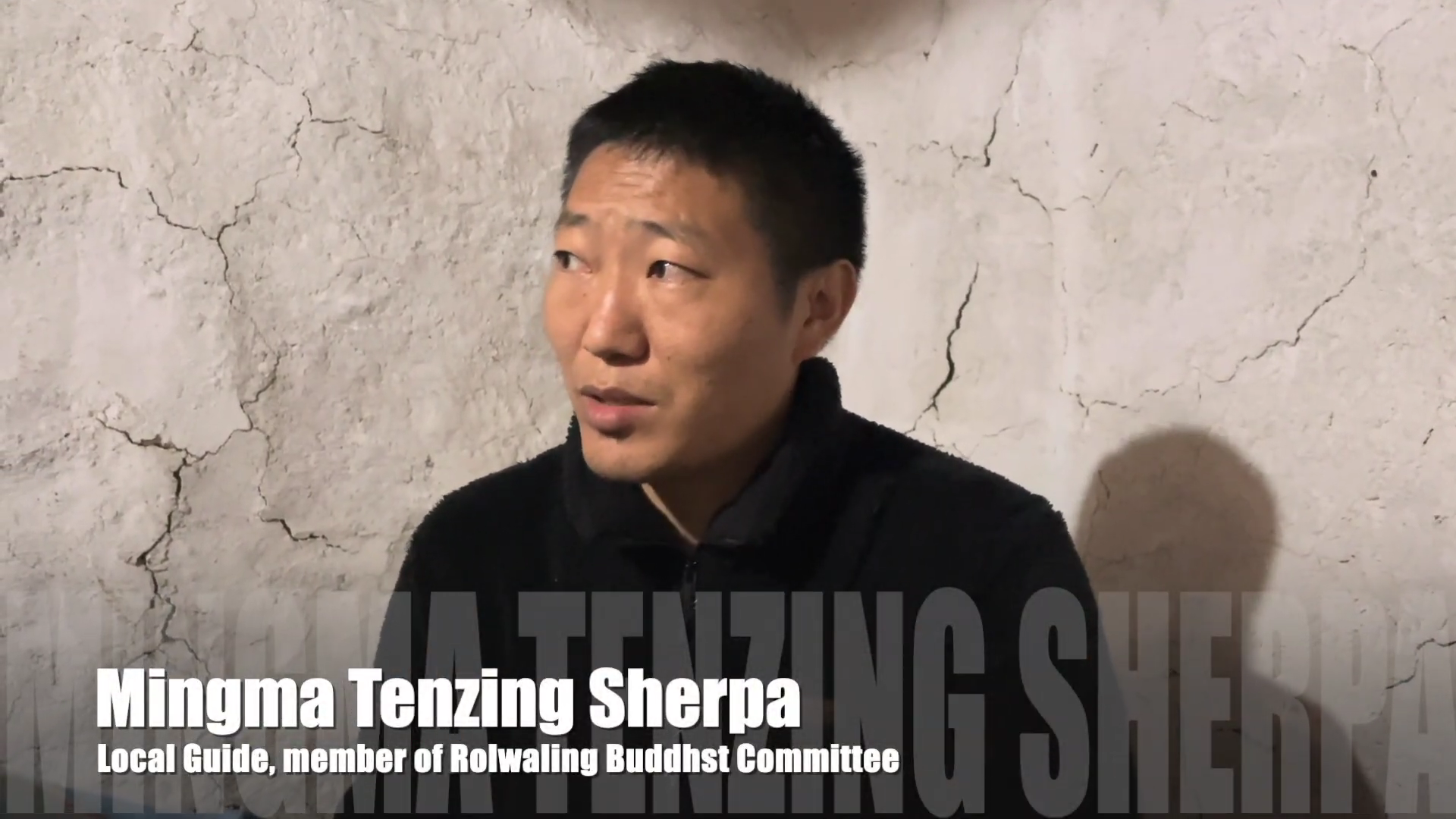
In such a situation, you have set out to spread awareness. What are your expectations from the documentary? How do you think the audience will react?
People want to know about what’s happening in the mountains. Both audiences in Nepal and the West will be interested. Many in the West are unaware of how quickly glaciers are melting in the Himalayas or that the entire region depends on this water. The documentary will help people understand these impacts and think about ecosystems and how everything is connected.
How do you plan to capture the beauty of the Himalayas without romanticising away the challenges people face there?
That’s exactly why I don’t go with a big crew. It’s just me, going into villages and letting people speak for themselves. I don’t prepare formal interviews or direct the conversation with questions. Instead, I go with the flow, observe what they do, make friends, and simply listen.
For me, it’s about listening and watching, not imposing. Many global climate discussions focus on oceans and forests, but the voices of mountain communities also need to be heard.
Do you see generational differences in how people talk about climate change in the mountains?
Yes, definitely. For example, many younger lodge owners in Langtang know what’s happening. They speak English, have internet access, and follow the news, so they understand climate change.
But the older generation often sees things very differently. For them, disasters are linked to karma. If something goes wrong, they think it’s because they didn’t worship properly or did something wrong, and now they’re being punished. It’s part of their belief system: if you do good, the gods reward you; if you do bad, you suffer.
We worship rivers and mountains in Nepal, yet we pollute them the most. How do you think the rest of the world views this contradiction?
That’s a good question, but I think it’s the same elsewhere. Take Japan, for example. In Shinto tradition, people worship rivers, mountains, and nature. There are mountain gods and river gods, but in reality, people don’t always take care of them.
A Shinto monk I know has been advocating around this issue. He explained that one ritual, which depends on a frozen lake, no longer takes place because the lake hasn’t frozen in years. It used to freeze when he was younger, but now climate change—combined with farming practices and pesticides flowing into the lake—has altered the water’s composition. It’s warmer and more acidic, and the ritual is gone.
So it’s not only in Nepal. Around the world, we often worship nature symbolically but fail to protect it in practice.
In ten years, what’s your dream scenario for how the Himalayas are seen and protected globally?
We don’t have ten years—it should happen much faster. The Himalayas need to be included in global climate discussions, with clear targets, more funding, and real projects on the ground. Nepal receives funding, but the problem is how it’s used. We need projects that directly involve communities, not initiatives designed by UN representatives or outsiders who don’t live here. Community-driven action is the only way to make protection effective and lasting.




 19.12°C Kathmandu
19.12°C Kathmandu


